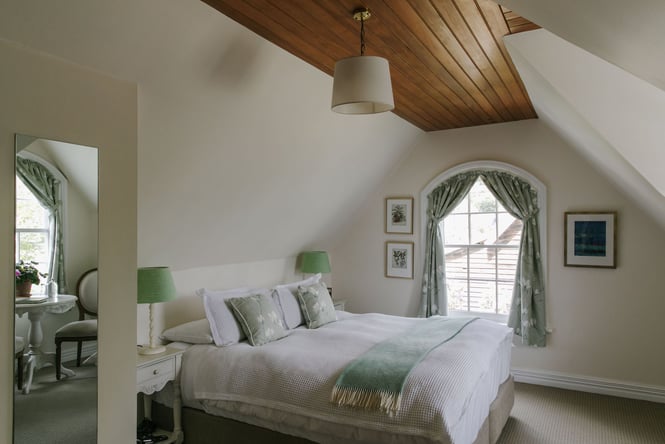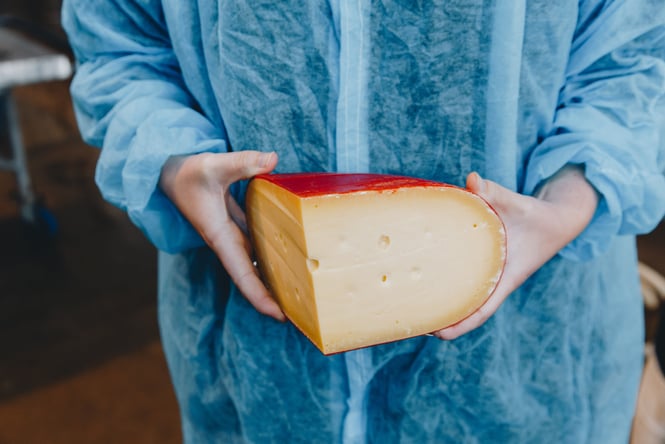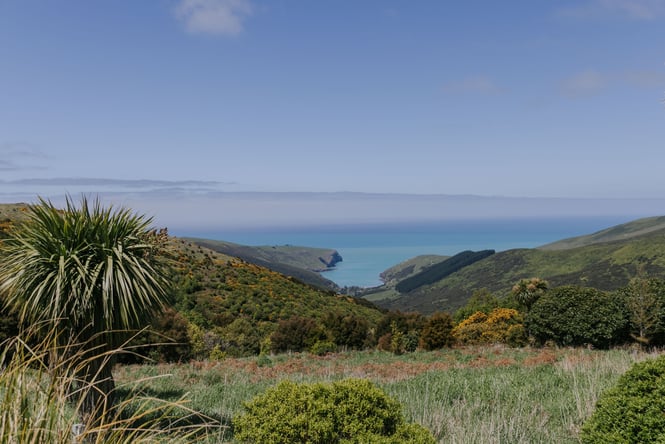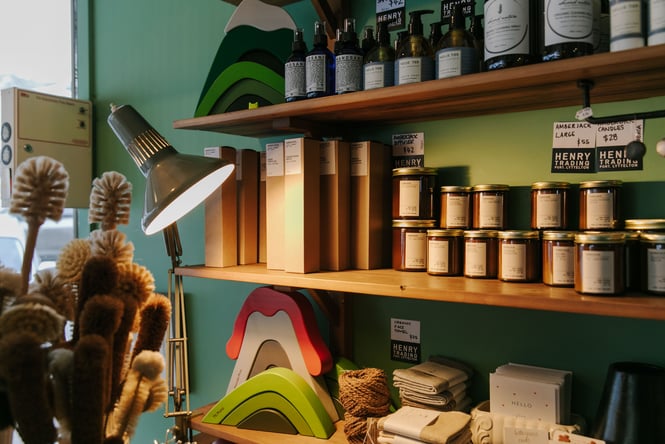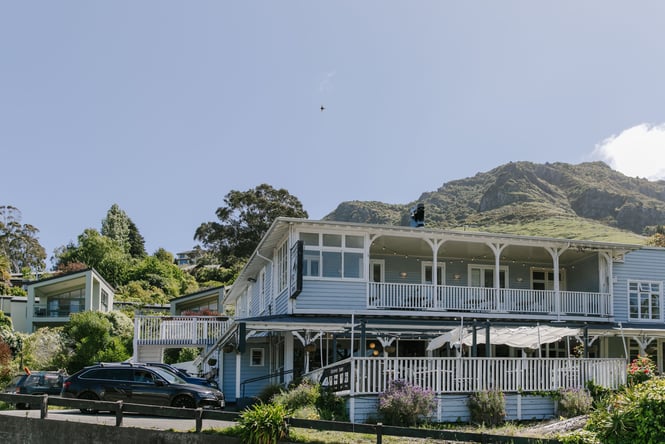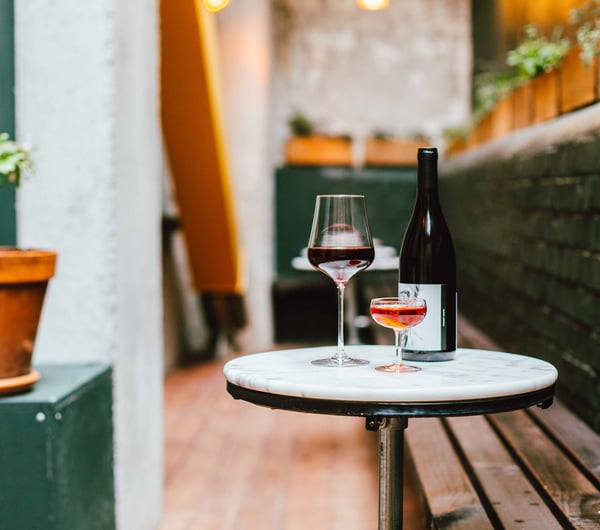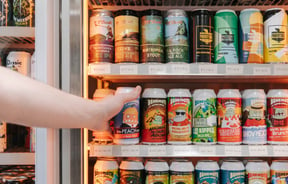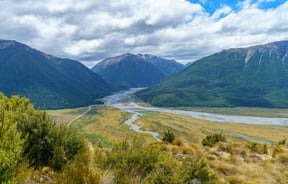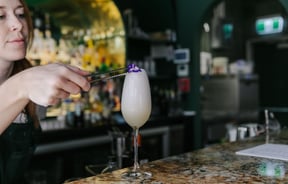Venture forth: Your Guide to the Best of Banks Peninsula
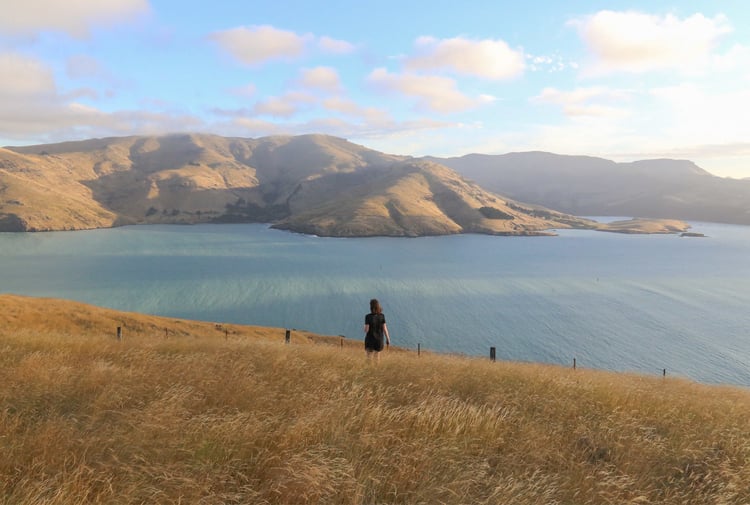
If it weren’t for the Port Hills naturally demarcating Ōtautahi’s southern extent, the bays of Banks Peninsula may well have morphed into extensions of city suburbs by now. As it is, we’re exceptionally glad for this natural backdrop, hiding but alluding to the world that lies beyond.
Volcanic skylines, hidden bush, steep slopes, deep harbours, and winding roads (a far cry from the flatlanders’ gridded city centre), nature’s playground is found on Ōtautahi’s doorstep. Each outing is as neat as the last, so it seemed only fair to share them in alphabetical order - here’s our guide to the best of Banks Peninsula, from A to W.
Words by: Izzie Thompson
Akaroa
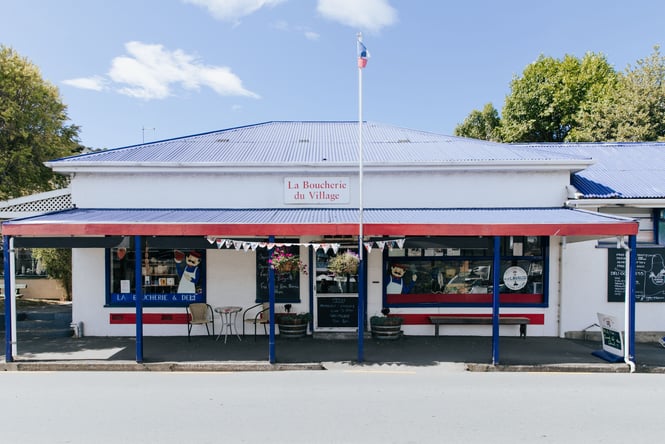
Akaroa Butchery & Deli
As one would expect from a place with French heritage, the food in this town is truly top-notch. There are numerous cafes and restaurants for dining in, but if you’ve got a panoramic picnic or backyard BBQ agenda, Akaroa delivers on this front too – head to Akaroa Butchery and Deli for the finest quality fresh meat and charcuterie, housemade sausages, local and European cheeses, award-winning local olive oil, and all your other platter needs.
French Bay House
113 Rue Jolie, Akaroa
Stunning scenery, a charming town centre, great food, nature activities galore, did we mention quaint accommodation? French Bay House, one of the original homesteads here, is an idyllic bed and breakfast a stone’s throw from the main wharf. With a sun-drenched porch, plush king-sized bedrooms, and cosy shared lounge, courtyard and lawn areas, you might find it hard to peel yourself away from this relaxing home away from home.
Barry's Bay
Barry’s Bay Cheese
5807 Christchurch Akaroa Road, Duvauchelle
If you’ve got one foot out the door, having read enough to be convinced that you must visit Akaroa for its fine fare, at the very least, you’ll be delighted to hear that the popular Barrys Bay Cheese factory and shop is very conveniently located along the whey. Ahem, way. Creamy and buttery, nutty and earthy, rich and smoky, pepper, chilli, cumin; you’ll find all of the traditional recipes brought to Aotearoa by the early English settlers produced here, as well as some European-style cheeses of more recent times.
The delicious range is handcrafted on-site (in the warmer months, when the local cows are milked, you can watch cheesemakers at work through the large viewing window in the shop) and has been since 1895. From the fromage fiends to the cheese-curious, you’re bound to find (or reaffirm) your favourite block of dairy gold here. This last outpost of traditional cheese-making on the peninsula is proof, as they put it, that good taste comes with age.
Camp Bay
Hickory Bay
Hickory Bay Cold Water Surf Resort
Backing onto the beach, which is accessible on foot only via a farm track, is the Hickory Bay Cold Water Surf Resort - cottage and cabin accommodation on a working, certified organic farm, renovated and kitted out with fresh and funky furnishings. In case you’re wondering, no, you do not need to enter the water to have a gratifying stay out here. (We do recommend stargazing from the private hot tubs, though!).
Nestled amongst native bush and trees, the two dwellings have elevated views of the imposing coastal cliffs transitioning to green pastures. Wood fires for winter mornings, wooden decks for long summer evenings; they’re equipped with everything you need on a rural getaway in any season and nothing you don’t – there’s no phone coverage here. Fill your lungs with the fresh country air and enjoy the perspectives from this pocket of the peninsula. Recharging your batteries just got a whole lot easier.
Hinewai Reserve
Hinewai Reserve
Long Bay Road, RD3, Akaroa
Keep your eyes peeled for ancient species like tōtara, mataī, kahikatea and kōwhai standing tall and proud, and ears tuned to catch the melodious notes of korimako bellbirds, squeaking piwakawaka, the tūī’s concoction of calls, and the distinctive whoosh of a kererū launching itself into the air. Eyes down for the earth-bound – have you ever seen a giant native earthworm?! Reaching up to half a metre in length, that’d be a hard one to miss. Hinewai Reserve features more than 50 waterfalls across its multitude of permanent streams in the intimate forest interior, while the exposed peaks offer expansive views across the rolling hills and bays to the Pacific Ocean and round to the distant Southern Alps. We reckon there’s less chance of encountering arm-length pink slimy things out in the open, too, if that thought doesn’t excite you.
Little River & Magnet Bay
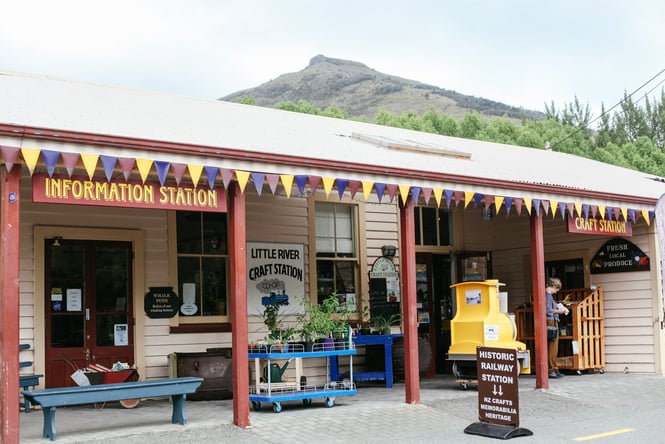
Little River shops and cafes
Home to a classic country inn, cafés, galleries and gift shops, there’s plenty to keep your attention and appetite sated. The historic railway station, one of the best-preserved former railways in the country (thanks to the local community), now houses a craft ‘station’ – a co-op of 20-odd artisans from Little River and surrounds who sell their goods here.
Magnet Bay
Taking one of the first right-hand turns in Little River leads to Magnet Bay (once you’ve climbed the Te Oka hill, made a few more right turns, and safely descended the narrow gravel road, that is). In te reo Māori it’s known as Makara, while the English name comes from a barque that was shipwrecked here in 1844. One thing’s for sure, and that’s the pull of this bay for surfers and secluded beach seekers from all over. The boulder beach greets southerly swell head-on and the waves can be fat, fickle, or flat. Sea birds and marine mammals are abundant – it pays to be absolutely certain that any slick, grey blobs you approach are boulders and not something that will blink open its eyes to meet your wide open ones.
Lyttelton
Henry Trading
33 London Street, Lyttelton
Located on the main street of Lyttelton, Henry Trading, is a charming shop where goods from a different cast of local makers are found. Merino mitts, jewellery, beeswax candles, garden tools and more adorn the cabinets and shelves – proprietor and shopkeeper Maree has curated an enchanting collection of items made ethically, with care, to last.
Arbour
17 Oxford Street, Lyttelton, Christchurch
Down and around the corner, behind two tidy timber gables, Arbour serves up mouth-watering woodfired pizzas and local brews from the plant-packed space. Their menu (which includes a selection of plant-based options) names pizzas in te reo and follows the seasons by using almost exclusively locally grown and sourced ingredients. For a different perspective of this passionately community-focused hub, hop on the ferry over to Te Waipapa Diamond Harbour. This service has been running since 1888, but now there are a few more activities and eateries to busy yourself with across the way.
Ōhinetahi Gardens
Governors Bay
Ōtoromiro Hotel
52 Main Road, Governors Bay
Whakaraupō Lyttelton Harbour extends from the Pacific Ocean all the way to the shores of Governors Bay, where Ōtoromiro Hotel has been standing in pride of place on the hillside for over 150 years. Aptly named Ocean View Hotel for the first century of its existence, the first-floor hotel rooms have a sweeping view out to Otamahua Quail Island and the harbour from a generous veranda, as does the restaurant deck, and certain green-framed nooks of the garden bar.
There’s a roaring open fire to keep you cosy should the weather send you indoors, as well as a pool table, jukebox and ‘self-proclaimed kick-arse pinball machine’ in the bar area. The heated saltwater pool is free for hotel guests while visiting folk have the option to book a time slot and pay per swim – table service is available from the dining area on the pool deck, so you needn’t worry about going hungry because of wet feet. Whether you’re passing by on an empty stomach, a local on a staycation, or visiting Ōtautahi and looking for an out-of-the-city getaway that doesn’t require hours of driving across the plains, the classic pub grub and friendly service shore up this historic hotel as a destination in its own right.
Walking the Banks Peninsula

Banks Peninsula Walking Tracks
Walking tracks now make it possible to roam many inlets, valleys, and ridgelines of this distinctive landform. Packhorse Hut is a straightforward (but spectacular) half day walk, or overnighter for groups with young’uns or tramping newbies. It’s also the first segment of the 35km Te Ara Pātaka/Summit Walkway, a 2-3 day walk along a central spine of the peninsula linking Gebbies Pass in the Lyttelton crater to Hilltop in the Akaroa crater. Another 2-3 day option is Banks Track, a loop of the far-flung south-eastern corner (starting and ending in Akaroa), which happens to be New Zealand’s original private walking track. Self-guided, self-catered, and self-paced, you won’t come across any crowds out here but you will find yourself in the company of hot showers and flush toilets.
For the indecisive, the Banks Peninsula Walking Festival takes place every year in November. Four weekends of various guided walks and talks provide a great opportunity to not only get out and explore but also learn about the area’s history, botany or geology, alongside soaking in the spectacular scenery.
